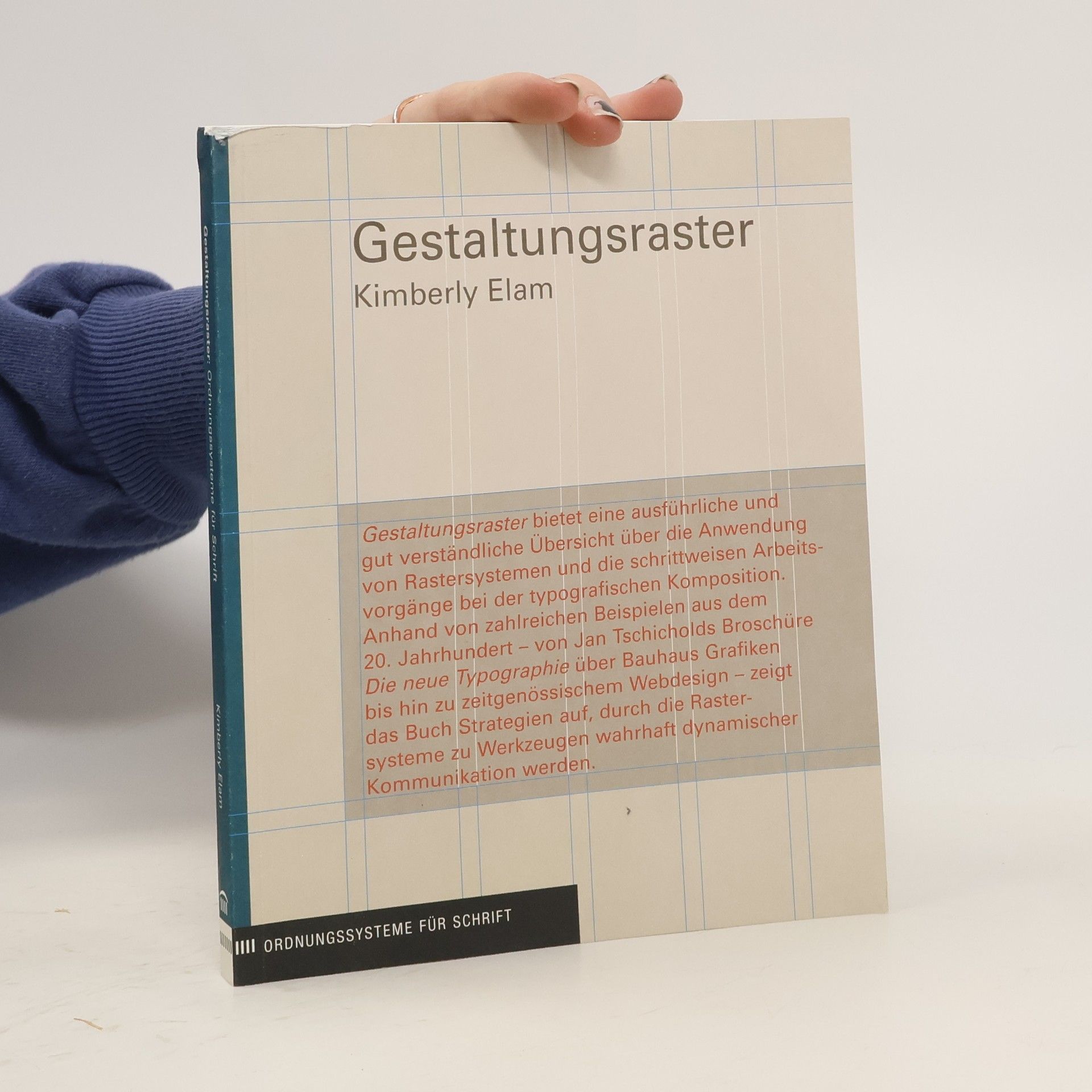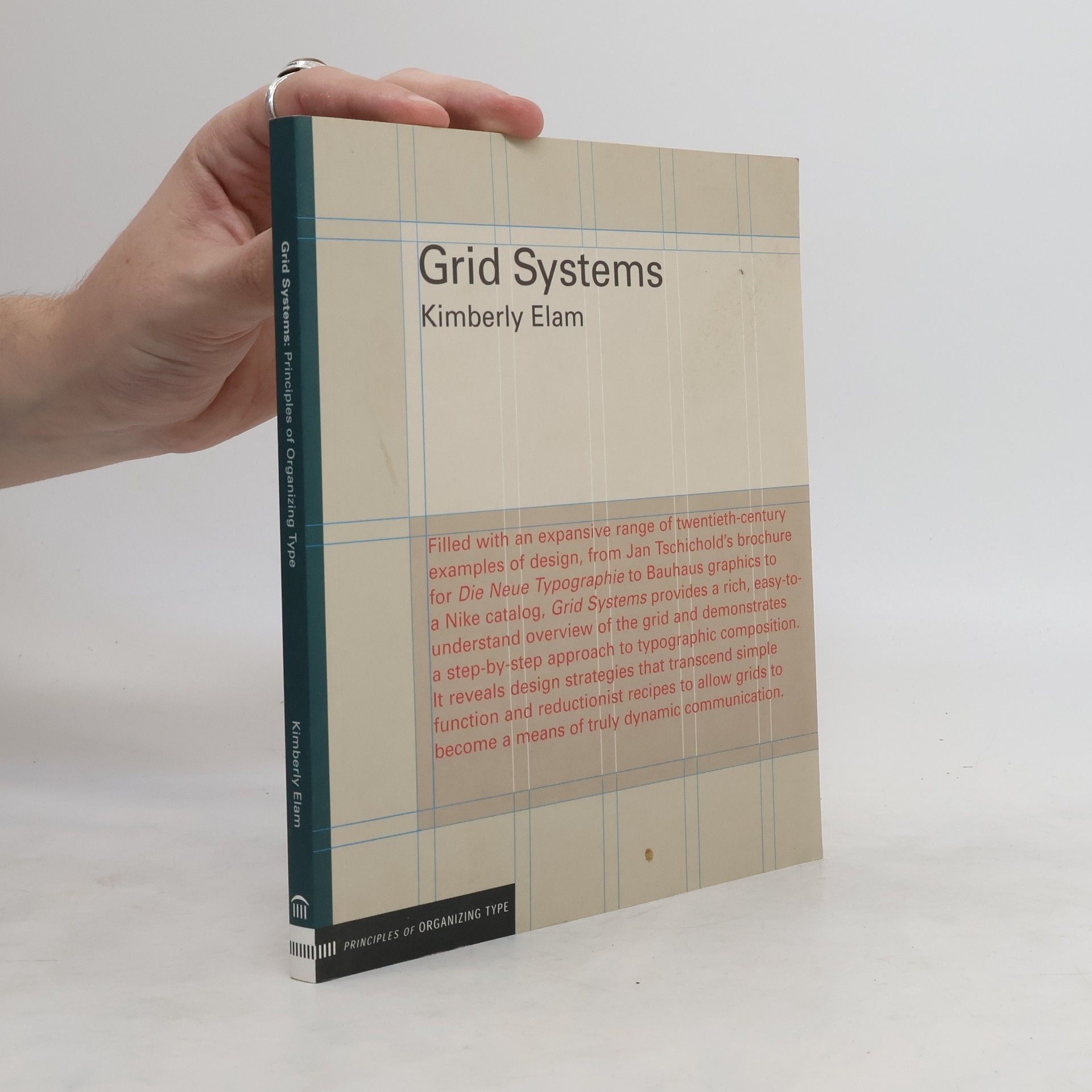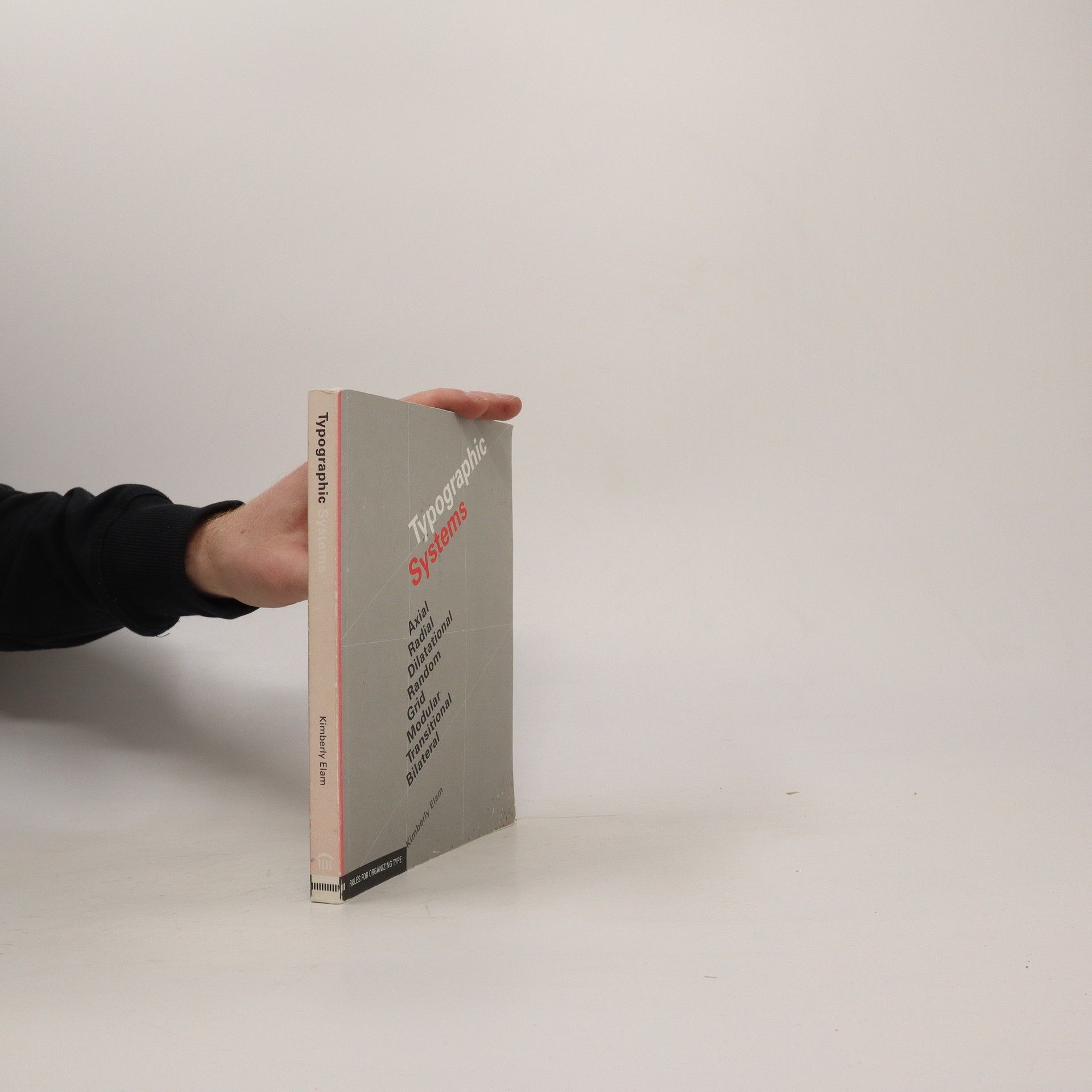Introduction to Three-Dimensional Design
- 176 pages
- 7 hours of reading
Introduction to Three-Dimensional Design provides graphic design students with an often overlooked but essential body of knowledge. It challenges the student to clearly communicate the three-dimensional principles of art and design with intent and meaning through drawings and three-dimensional models. Each of the four projects is carefully crafted and meticulously detailed to focus on the key concepts, from initial sketches through experimental prototypes to the final model solution: "Mask", for example, employs contrast as a means of intensifying communication through juxtaposition, while "Wire Icons" transforms the continuous graphic line from two to three-dimensions to capture volume and space. The book's objective is to enable students to deeply internalize, learn, and understand the elements and principles of three-dimensional design.




